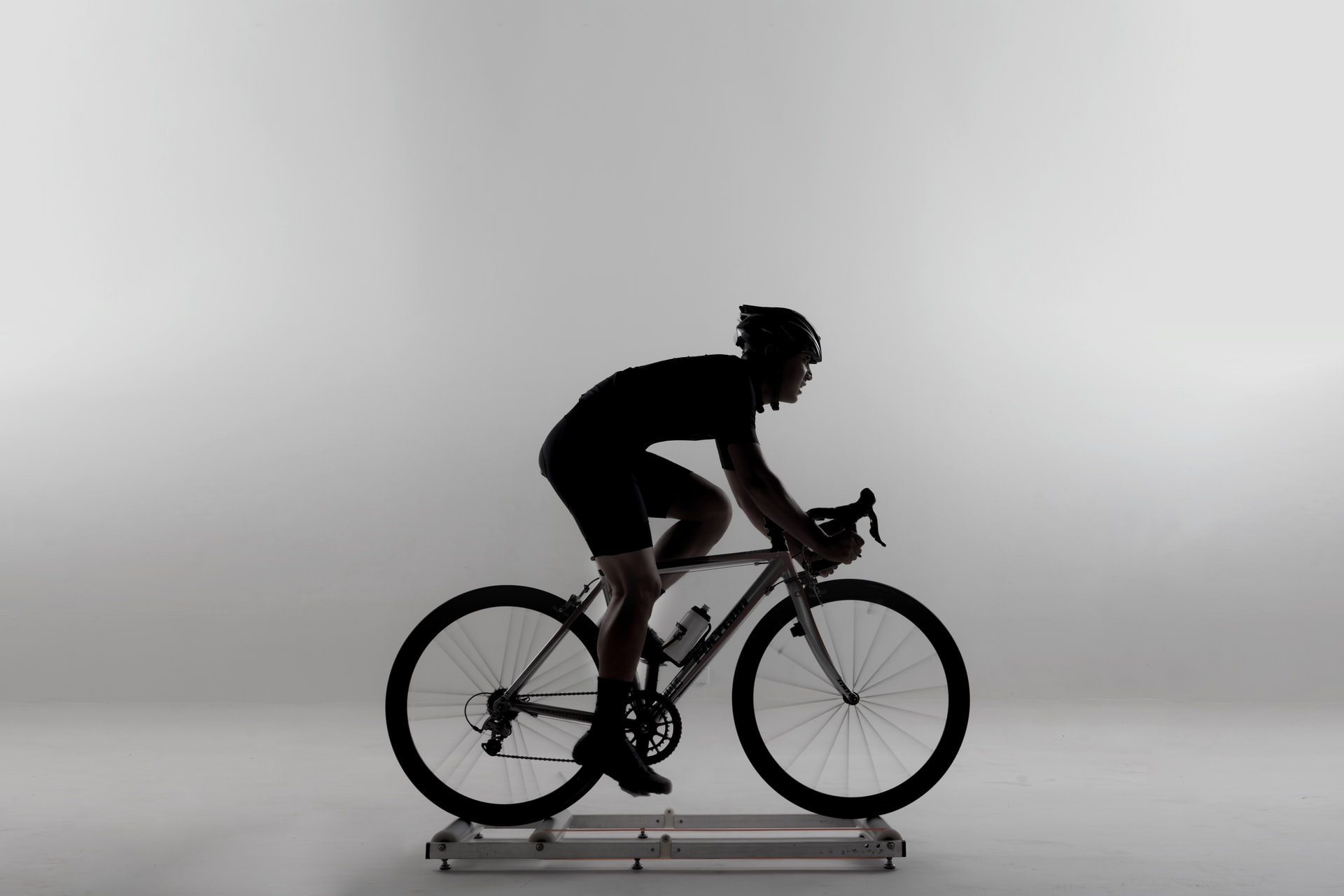
Indoor Training for Cyclists: Efficient or Counter-Productive?
Mar 31 | ( 0 ) Comments
There are many debates into whether indoor training for cyclists is efficient or counter-productive to the overall improvement of its fitness. However, to many athletes there are times or situations when riding indoor is required in order to accommodate to their location or life schedule. This being because of work, family or other compromises that the athlete could have. If this is the case the athlete will benefit from doing indoor training on time-crunch days as it will save him the preparation time as well as avoid him any time-consuming accidents like getting a flat prior to going in to work.
However, with riding indoors there are some problems that will affect the cyclist training session. This include but are not limited to temperature, pedal efficiency, bike/body movements and the inability to train bicycle handling skills on a trainer. Here is why they are a problem and what it can be done so that they turn into an advantage.
- Temperature
- The main problem of this being heat, as its body is not riding outdoors with the wind circulating the air and receiving the benefits of this. The body reaches a higher temperature faster than outdoors, making it work harder to try to balance this increase by sweating more and/or by providing additional blood to the skin. This extra demand causes your body to do some extra work, thus, wasting energy. This can be easily resolved by adding enough ventilation / fans to the room and maybe a air conditioning system if it is required (often it is during the summer months).
- Pedal Efficiency
- Another problem that the cyclist will come across is a lower pedal efficiency. In indoor training it is common that when there is no pedaling, or power transferred to the rear wheel that the trainer slows down automatically. This is normal on fluid, magnetic and friction trainers. This slow down will scientifically increase the importance of a cyclists pedaling ‘’dead spot”, being that each time the athlete passes through this area of his pedaling the wheel will reduce speed by a small fraction which will then have to be recovered during the active area of the pedaling stroke. This extra demand as well increases the energy being used by the body. Over time the cyclist will adapt and if properly trained, improve his pedal efficiency. Which will translate into a better result on the road if it is managed correctly.
- Body and Bike Movements
- A smaller problem that cyclist come across while training indoors is the difference on the body and bike movements. While riding outdoors cyclists are accustomed to being able to use their body weigh as leverage as they swing their bike side to side, while training indoors this is not possible as the bike will be static and set in one place. This will make the cyclist having to put out more of its energy to produce the same result, making him waste extra energy as well. Over time, the cyclist will adapt and produce a more efficient pedaling / body movements, which will translate as well into better results on the roads if properly adapted.
- Handling / Skill Training
- Unfortunately, as the indoor trainer is fixed, the cyclist will not be able to train any of their handling skills. This can cause a problem specially for mountain bikers as this is one of the fundamental skills they need to train on. In order to train this skills, outdoor sessions need to be added to the training plan. There is no other way to improve them, the athlete can watch videos to gain insight on different methods of riding but there is no better training than actually being out on the trail.
In my opinion, I believe that training indoors will bring great benefits to cyclists of all levels. It does have to be used balanced as part of a bigger arsenal of training tools, but it is a important part of it. Some of the greatest benefits that I have seen are:
- Greater Lever of Adaptation
- Even though it is a more inefficient way of spending energy, it will create a greater adaptation over time and will result into better and more efficient improvements in the athlete’s fitness level.
- Specificity of Session
- It as well provides the opportunity to be able to complete structured training sessions as dictated, being that there are not slope changes, stop lights or traffic that will affect it.
- Time-Efficient Training
- With no outside factors having to be taken into consideration, the possibility of a time-consuming problem gets minimized. The cyclist does not have to get ready, check his bike or do any other prep work that will go with riding outdoors. This all adds up to a very time efficient training session.
I believe the only downfall is the ability to train a cyclist riding skill. But with a balanced training plan, this will be diminished by the improvements the athlete will achieve in a time-crunch environment. Embrace the indoor trainer as another of your training tools, even though riding better outside it’s the ultimate goal a more efficient training session normally equals a happier and more motivated athlete. As always please do let me know what you think or if you have any questions or comments for me about this or any other cycling training topic.
Thank you for reading!
Gilberto Cortez - USA Cycling & TrainingPeaks Certified Coach